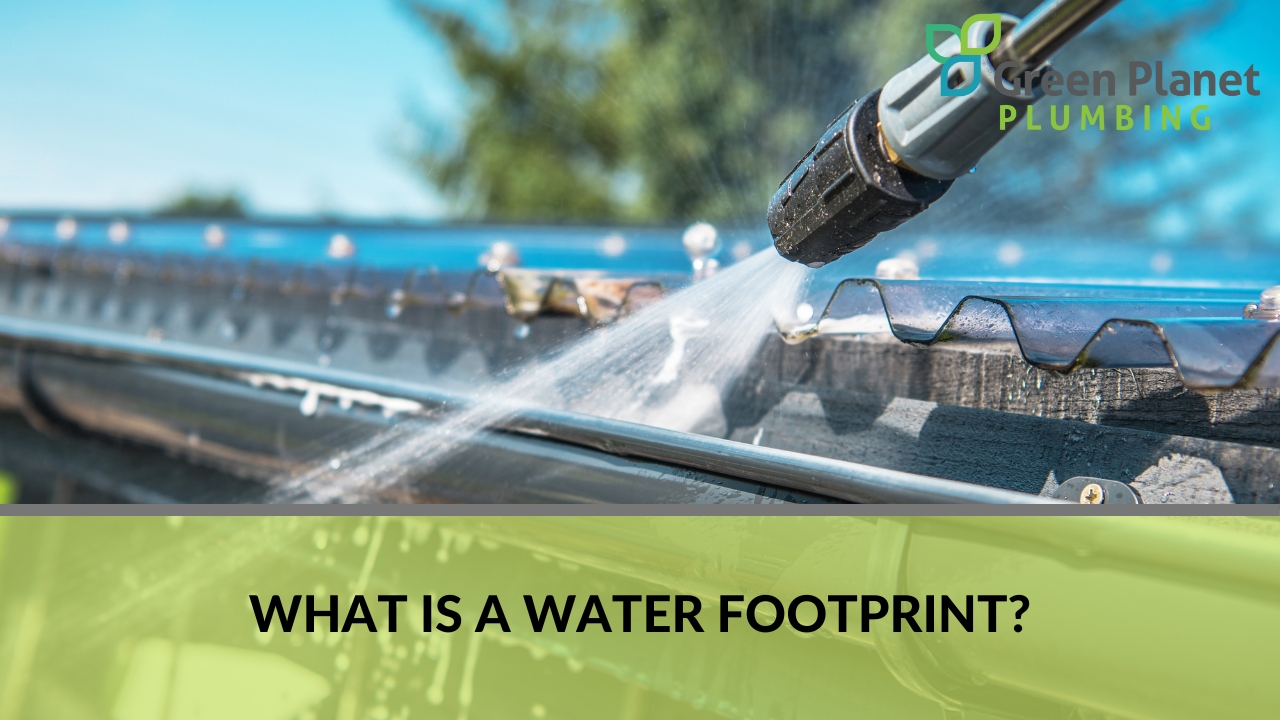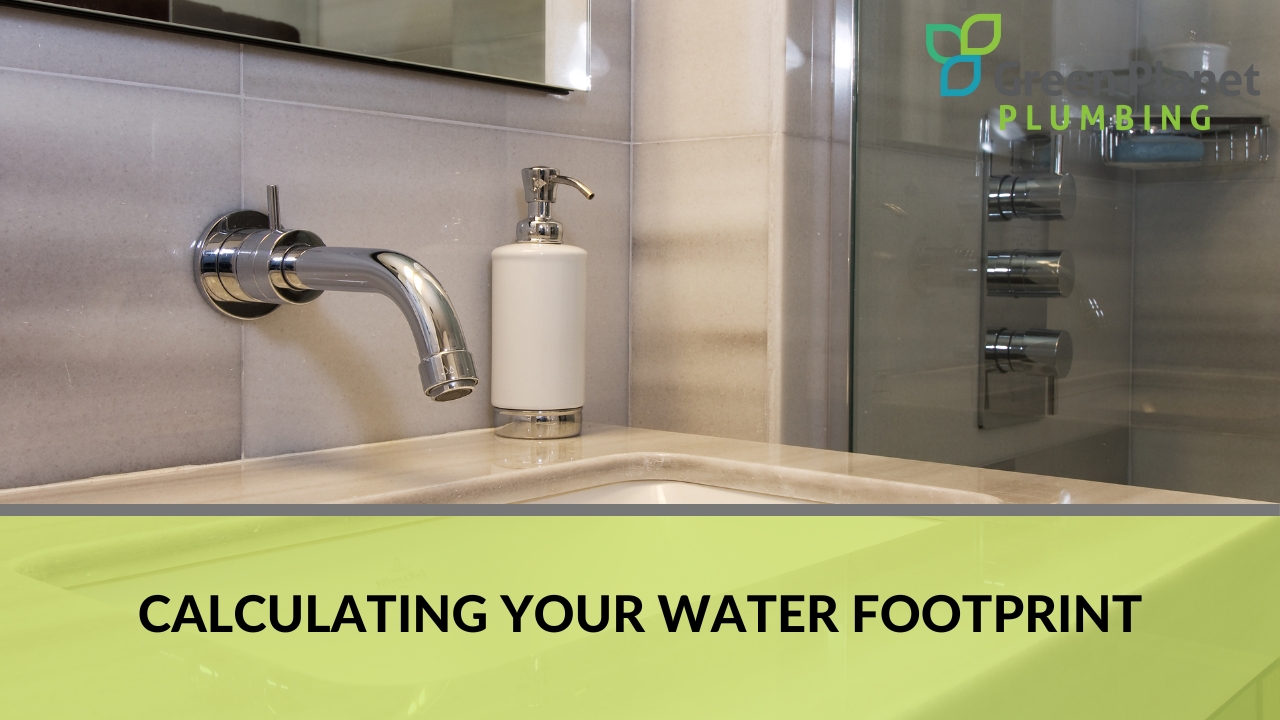Water, the essence of life, sustains all living beings on our planet. As the global population continues to grow, the demand for water rises, and so does the urgency to conserve this precious resource. Understanding our water footprints, the amount of water we consume in our daily lives and the impact it has on the environment, becomes crucial in our journey towards sustainability.
This article aims to shed light on the concept of water footprints and why it’s essential for every household to evaluate and be mindful of its water usage. By exploring the components of water footprints, calculating our individual impacts, and implementing practical water-saving measures, we can collectively contribute to mitigating water scarcity and preserving the ecosystems that rely on this finite resource. It’s time for each of us to take responsibility for our water consumption and make informed choices to secure a more water-conscious future.

What is a water footprint?
A water footprint is a comprehensive measure of the total amount of water used to produce the goods and services we consume. It goes beyond the water we directly use in our homes to include the water embedded in the products we buy and the food we eat. There are three main components of a water footprint:
- Blue Water: This refers to the freshwater sourced from surface water bodies or groundwater, such as rivers, lakes, and aquifers. It includes the water we use for drinking, cooking, bathing, and other domestic activities.
- Green Water: This represents the rainwater stored in soil and used by plants through the process of evapotranspiration. It is the water consumed during the growth of agricultural crops and the production of livestock.
- Grey Water: Grey water encompasses the volume of freshwater required to dilute and assimilate the pollutants generated from our domestic activities. This includes wastewater from sinks, showers, and laundry.
By understanding the various components of our water footprint, we can identify the primary sources of our water consumption and uncover opportunities to reduce our overall impact. It is essential to grasp the significance of each element to make informed choices that promote sustainable water usage and preserve this invaluable resource for generations to come.
Why evaluate your household’s water footprint?
Assessing your household’s water footprint is not only a matter of personal responsibility but also a critical step towards addressing the global water crisis and promoting environmental stewardship. Water scarcity is a pressing issue affecting millions worldwide, with its devastating consequences felt across ecosystems and communities. By quantifying your water footprint, you gain valuable insights into your daily water usage patterns and the hidden impacts of your lifestyle choices. Armed with this knowledge, you can make informed decisions to reduce unnecessary water consumption and minimise waste.
Beyond the direct benefits to the environment, evaluating your household’s water footprint can lead to financial savings by adopting water-efficient practices and technologies. Embracing water conservation practices as a family not only fosters a culture of sustainability within your home but also sets an inspiring example for your community and encourages collective action to safeguard this irreplaceable resource.

Calculating your water footprint
Calculating your household’s water footprint involves a thoughtful assessment of your daily water usage across various activities. Begin by examining indoor activities, such as bathing, washing dishes, and doing laundry. Keep track of the frequency and duration of each activity to gauge the water consumed. Next, turn your attention to outdoor activities, such as watering your garden, washing your car, or filling a swimming pool. These activities can significantly contribute to your water footprint, and identifying ways to minimise water usage in these areas is crucial.
It is essential to recognise the concept of virtual water—the water used in the production of goods and services you consume. From the clothes you wear to the food you eat, virtually all products require water during their manufacturing processes. Understanding the virtual water embedded in these items can help you make more informed and sustainable choices when shopping.
To simplify the water footprint calculation process, numerous online tools and resources are available. These tools consider factors like geographical location, water scarcity in your region, and lifestyle habits to provide a comprehensive estimate of your overall water footprint. By understanding the scope of your water usage and the areas with the most significant impact, you can strategise and implement effective measures to reduce your household’s water footprint and contribute to the conservation of this vital resource.

Practical steps to reduce your water footprint
Reducing your household’s water footprint is not only feasible but also empowering when armed with knowledge and determination. Implementing water-saving practices and adopting water-wise habits can significantly contribute to conserving this precious resource. Start by investing in water-efficient appliances and fixtures, such as low-flow toilets, aerated faucets, and high-efficiency washing machines, which can substantially reduce water consumption without compromising functionality.
Simple changes in daily routines can make a remarkable difference. Turn off the tap while brushing your teeth, take shorter showers, and only run the dishwasher or washing machine with full loads. Fixing leaks promptly is also essential, as even minor leaks can waste significant amounts of water over time.
Incorporating rainwater harvesting systems can be a sustainable way to collect and store rainwater for outdoor use, such as watering plants or cleaning driveways. Similarly, implementing greywater systems allows you to recycle water from showers and sinks for non-potable purposes, minimising wastewater and conserving freshwater resources.
Landscaping practices play a crucial role in water conservation. Opt for native plants that are better adapted to local conditions and require less water. Use mulch to retain moisture in the soil, reduce evaporation, and control weeds, ultimately promoting a more sustainable garden.
By involving all members of the household, setting water-saving goals, and making water conservation a family effort, sustainable practices become ingrained in daily life. Furthermore, participating in community initiatives and educational programs can expand the positive impact beyond your home, fostering a water-conscious mindset among friends and neighbours.
Each step taken to reduce your household’s water footprint contributes to the preservation of this finite resource and safeguards the health of our planet. Embracing these practical measures is a powerful way to actively participate in a global movement towards sustainable water usage and secure a more resilient and water-secure future for generations to come.

Dive into a greener future and make every drop count!
Embracing a water-conscious lifestyle and evaluating your household’s water footprint is a vital step towards building a sustainable and greener future for our planet. By understanding the true impact of our daily water usage, we can make informed choices and take meaningful actions to conserve this precious resource.
At Green Planet Plumbing, we are dedicated to promoting water sustainability and eco-friendly plumbing solutions. Our team of experts is committed to assisting you in reducing your water footprint through water-efficient technologies, leak detection services, and environmentally conscious plumbing practices. Together, we can create a significant impact on water conservation, preserving the natural beauty of our planet for generations to come.
So, let’s take the plunge into a greener future! Contact Green Planet Plumbing today and join the movement to make every drop count. Together, we can be the driving force behind positive change, safeguarding our water resources and nurturing a healthier, more sustainable world. Remember, every small step counts – and together, we can make a big splash!

